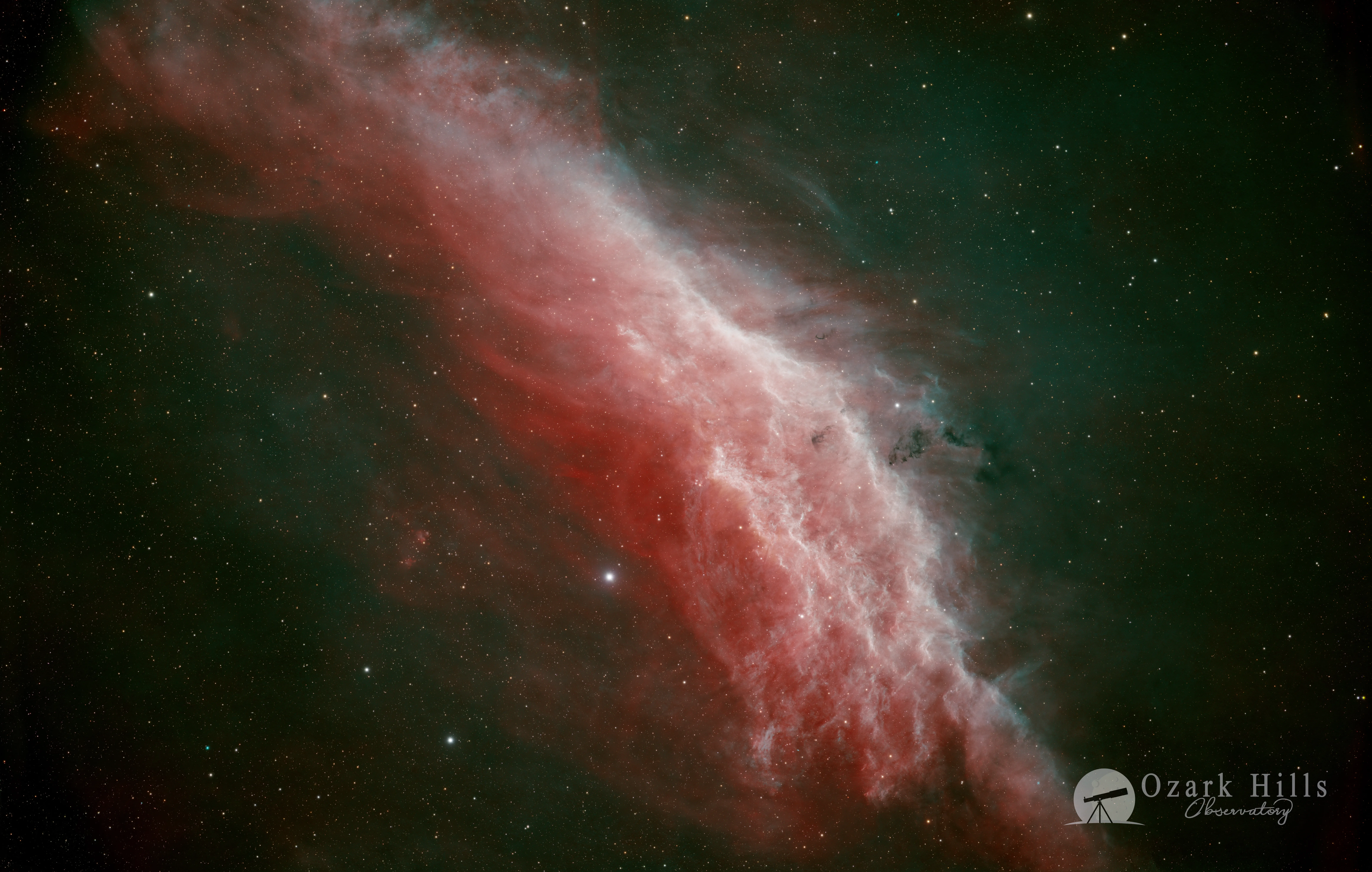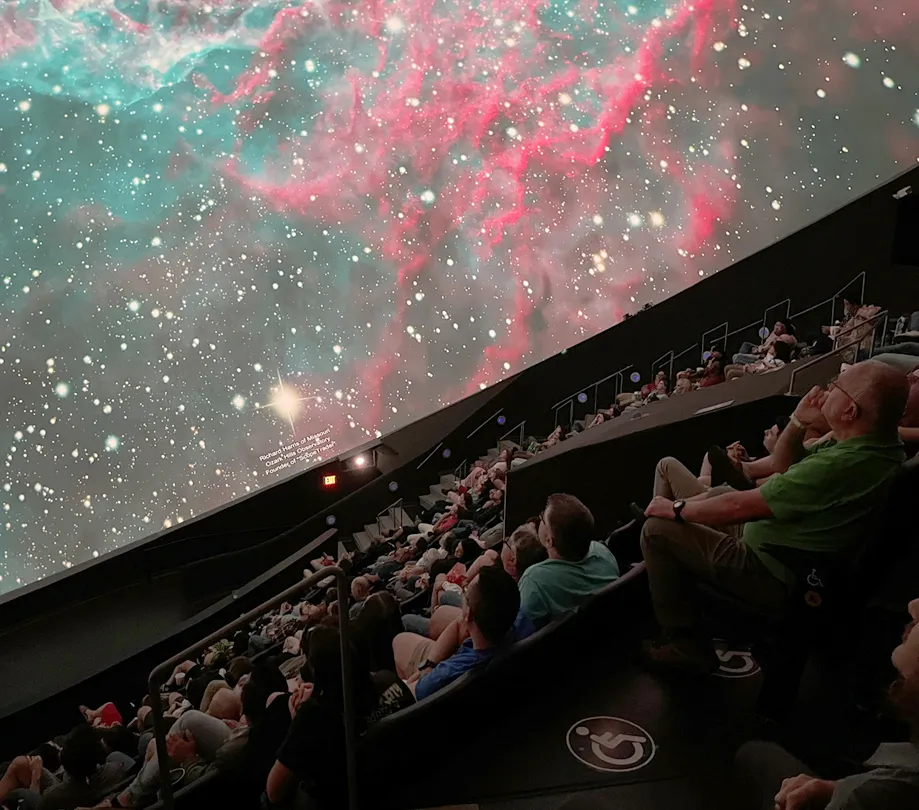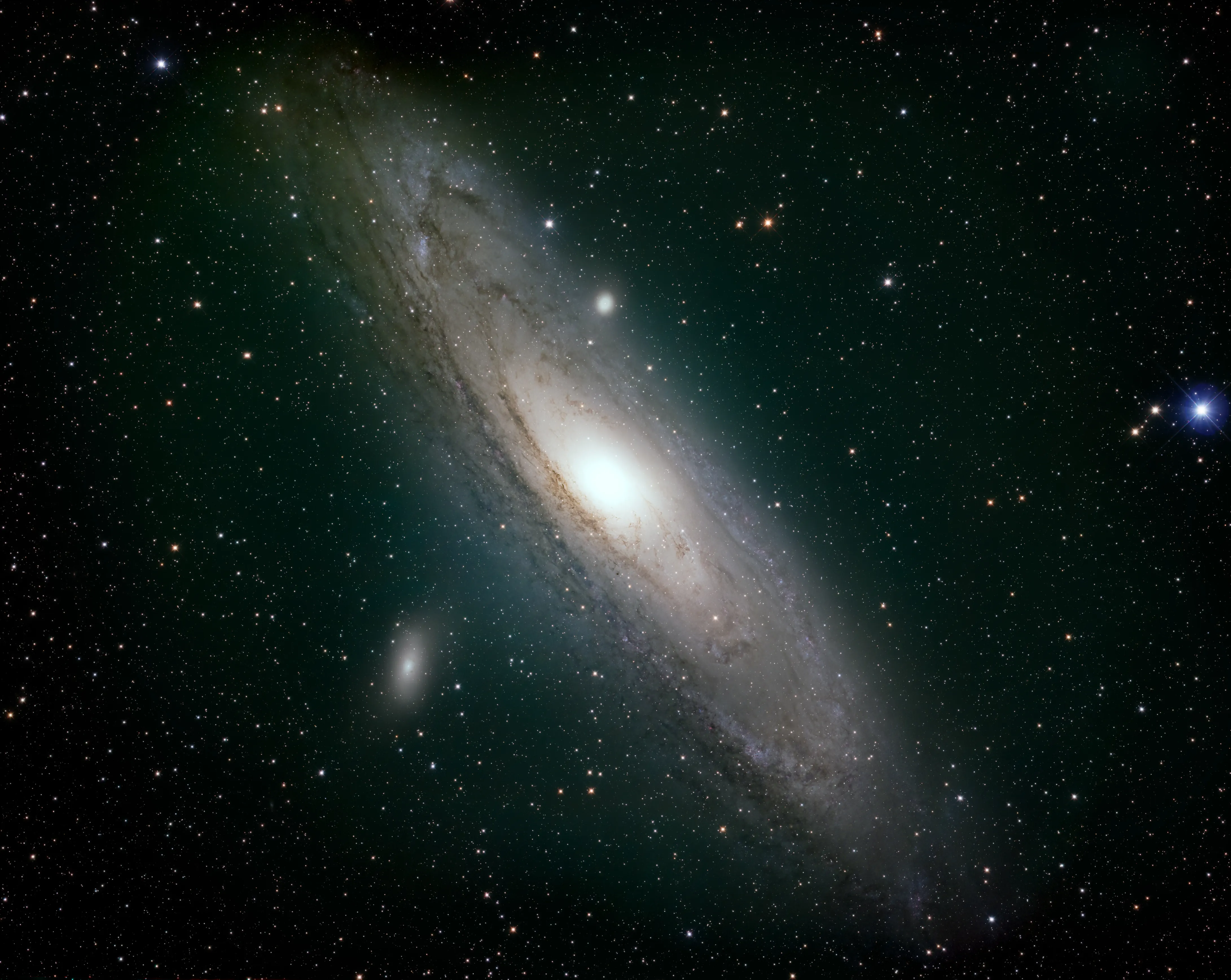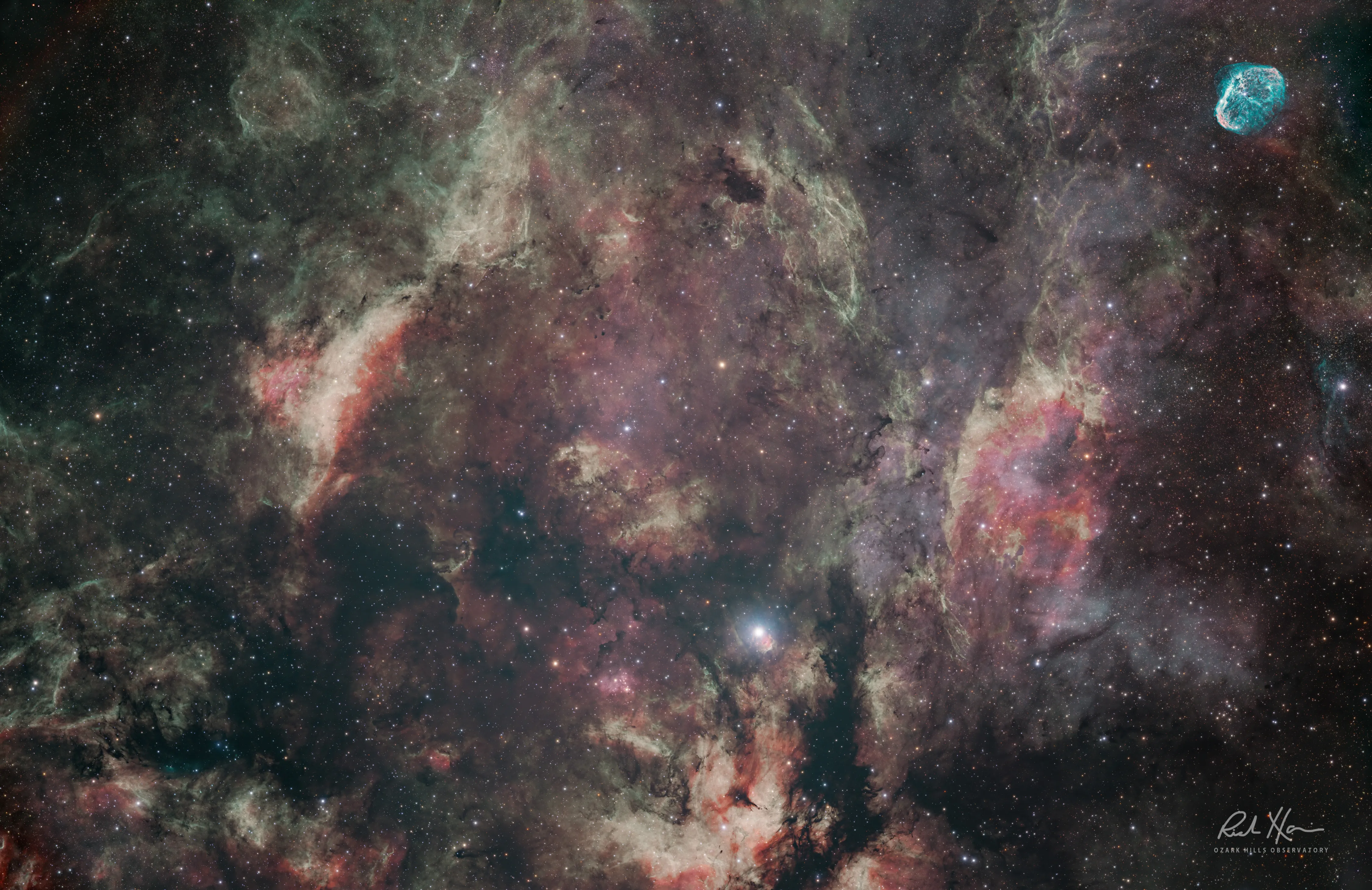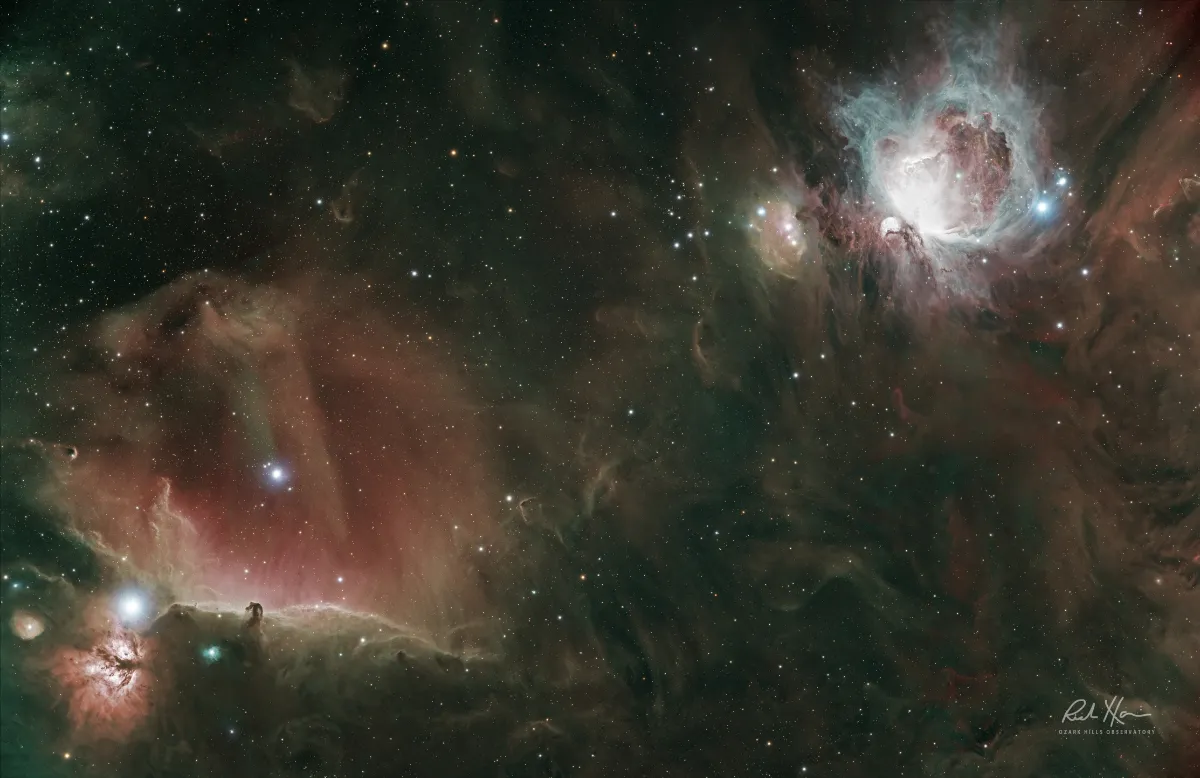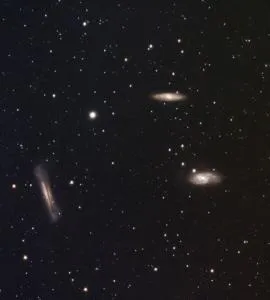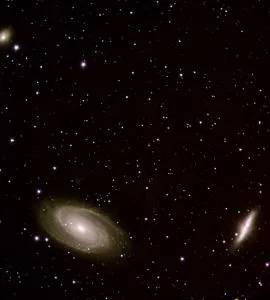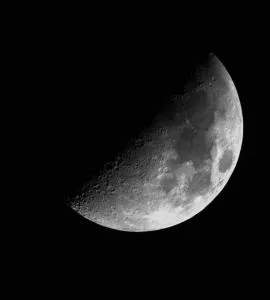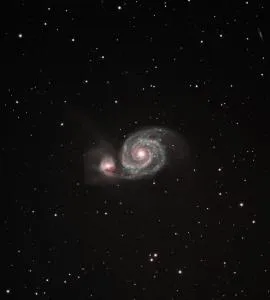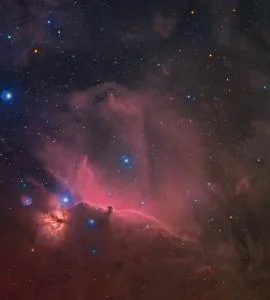Ozark Hills Observatory gains access to Chile based 24 inch PlaneWave telescope
Exciting news! The Ozark Hills Observatory has gained access to a 24 "PlaneWave telescope based in Chile! This remarkable partnership will significantly enhance our ability to explore the cosmos, unlocking new possibilities and bringing the wonders of the universe closer to us. Get ready for breathtaking images and groundbreaking discoveries as we delve deeper into the mysteries of the stars!
Exciting news for us here under the Missouri skies! The Ozark Hills Observatory has recently gained access to a state-of-the-art 24" PlaneWave telescope based in the super clear skies of Chile. This remarkable oppertunity marks a significant milestone in our journey to explore the vast and mysterious cosmos. All of our own equipment will still be in operation as well.
We were sent sample data from the Chile team before we commited to the partnership. Be sure to check out our Centaurus A NGC 5128 processed image.
The PlaneWave 24" Telescope
The PlaneWave telescope, renowned for its advanced technology and precision, will serve as a powerful gateway to the universe for Ozark Hills Observatory. Situated in Chile, the telescope benefits from optimal atmospheric conditions, allowing for clearer and more detailed observations of celestial bodies and phenomena.
The CDK24 is an innovative telescope for unsurpassed astroimaging, research, or satellite tracking.
- f/6.5 and 3974mm focal length.
- No coma, no off-axis astigmatism, and no field curvature.
- Pinpoint stars across a 70mm image circle.
- Rock solid fused silica mirrors with low thermal expansion.
- Carbon fiber optical tube assembly for rigidity and fast cooling.
Unlocking New Possibilities
With this new addition to our arsenal, we are unlocking endless possibilities in astronomical research (but still utilizing our own amazing equipment local to the observatory). But the enhanced capabilities of the 24" PlaneWave telescope will enable us to delve deeper into the mysteries of the stars, galaxies, and nebulae, bringing breathtaking images and groundbreaking discoveries to the forefront.
So what camera will we be using on the 24" Telescope?
C3-61000 PRO CMOS camera with "full frame" (36x24mm) format sensor Sony IMX455
CMOS sensor 9600 x 6388 pixels, ("industrial grade")
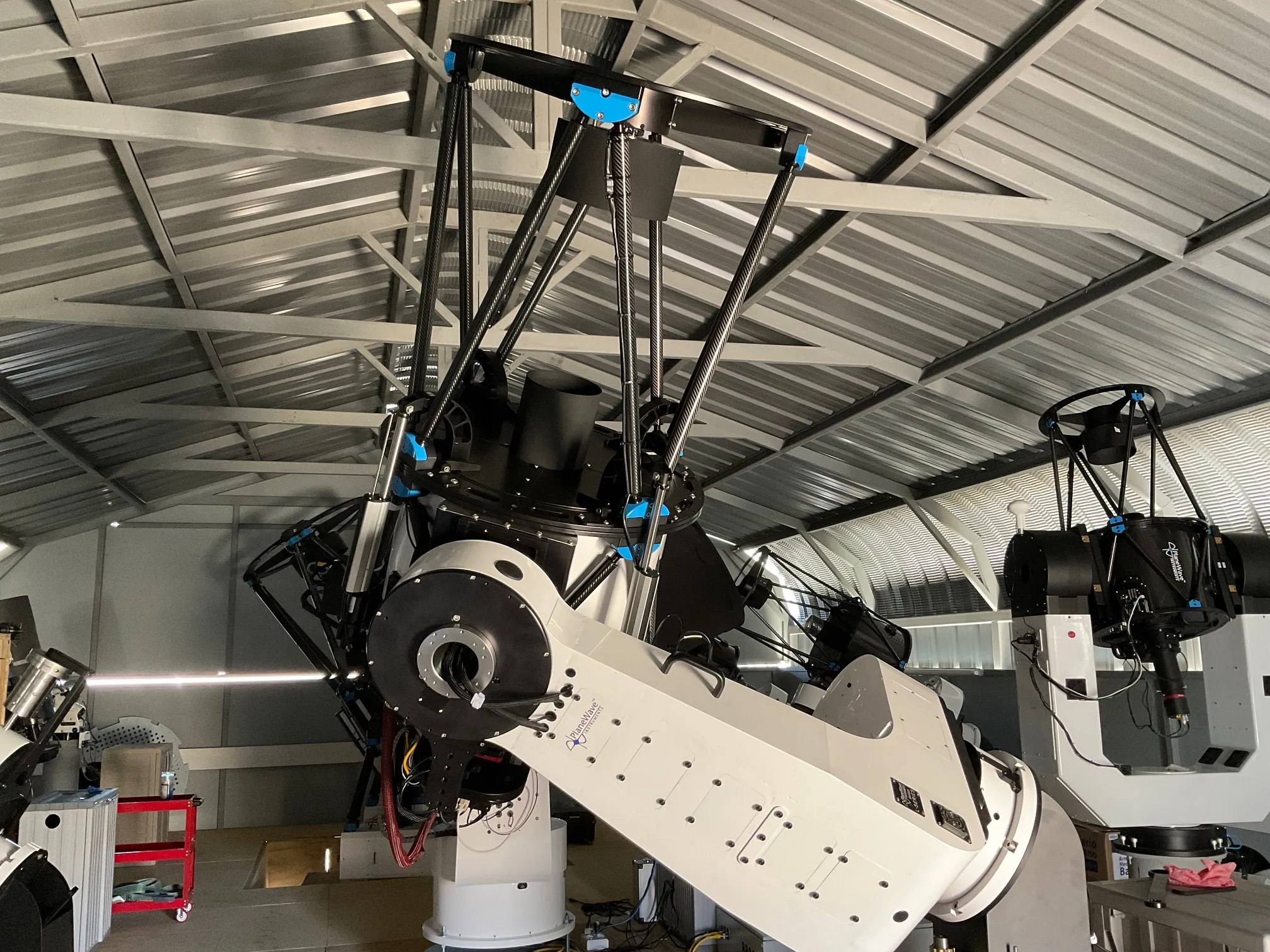
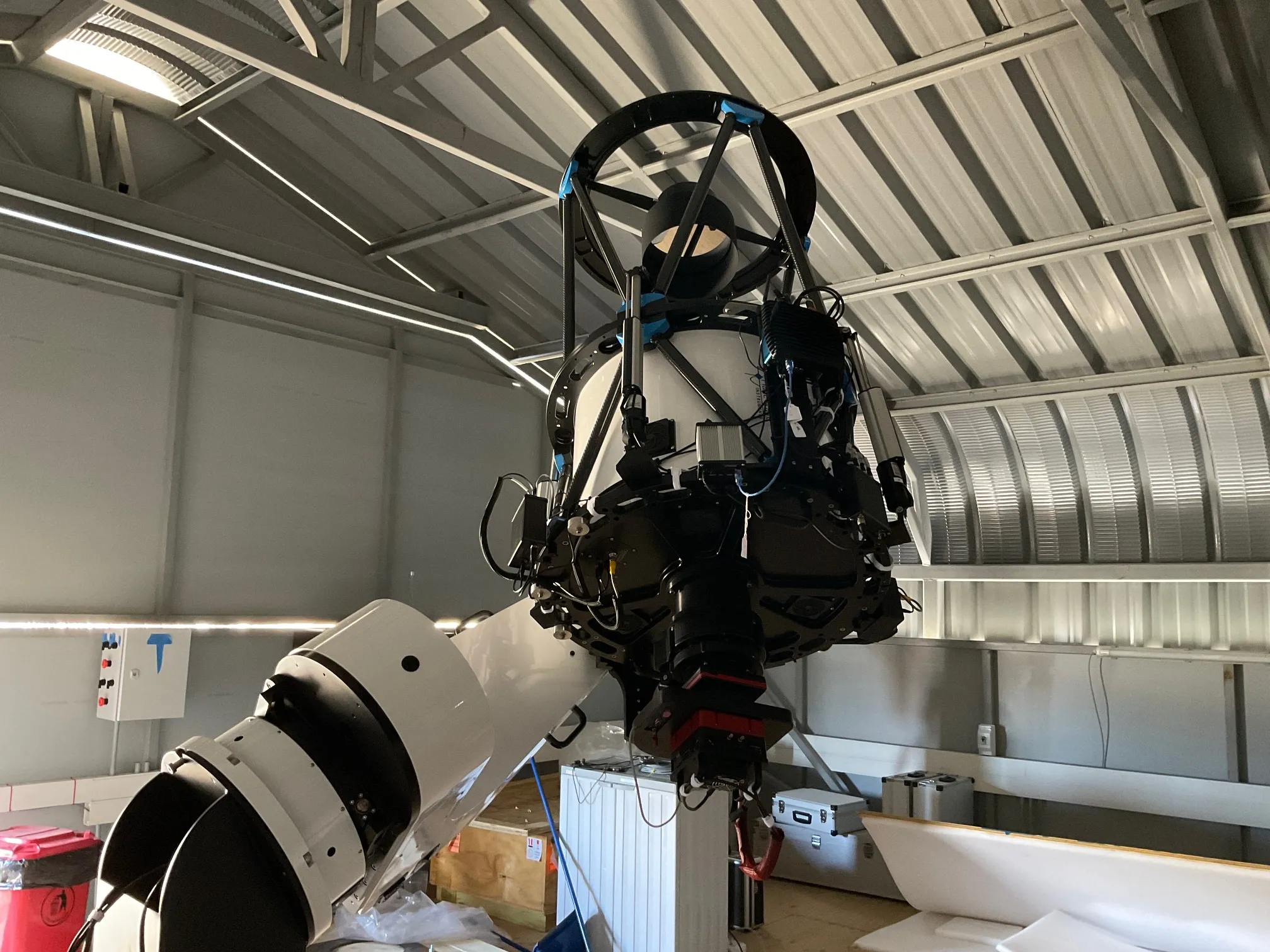
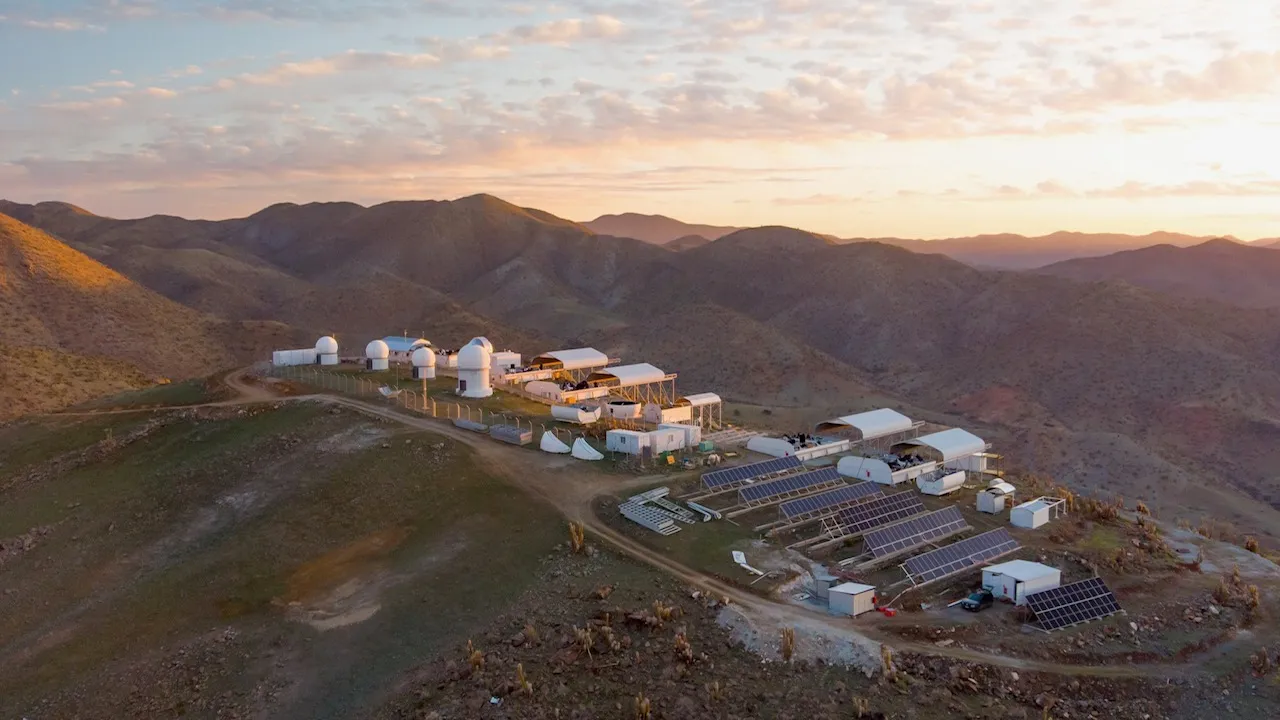
The scope is located at the Obstech site at El Sauce, Rio Hurtado, Chile.
About the Author
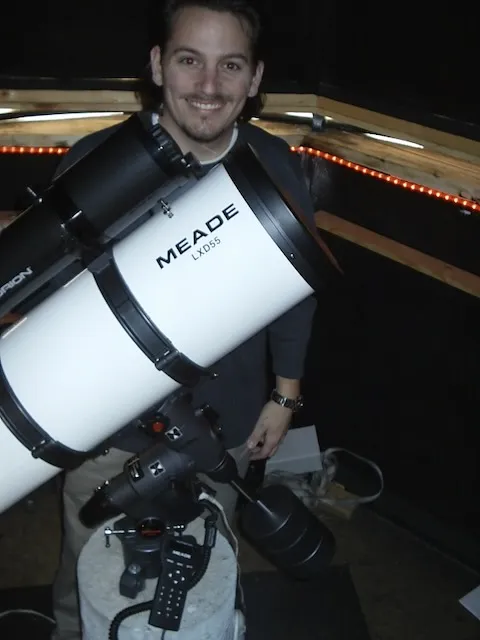
Meet Richard Harris. He is the founder and editor-in-chief of ScopeTrader, with over 30 years of experience in observational astronomy and astrophotography. He serves as the director of the Ozark Hills Observatory, where his research and imagery have been featured in scientific textbooks, academic publications, and educational media. Among his theoretical contributions is a cosmological proposition known as The Harris Paradox, which explores deep-field observational symmetry and time-invariant structures in cosmic evolution. A committed citizen scientist, Harris is actively involved with the Springfield Astronomical Society, the Amateur Astronomers Association, the Astronomical League, and the International Dark-Sky Association. He is a strong advocate for reducing light pollution and enhancing public understanding of the cosmos. In 2001, Harris developed the German Equatorial HyperTune—a precision mechanical enhancement for equatorial telescope mounts that has since become a global standard among amateur and professional astronomers seeking improved tracking and imaging performance. Beyond the observatory, Harris is a serial entrepreneur and founder of several technology ventures, including Moonbeam® (a software company), App Developer Magazine (a leading industry publication for software developers), Chirp GPS (a widely used mobile tracking application), MarketByte, and other startups spanning software, mobile, and cloud-based technologies. Driven by both scientific curiosity and creative innovation, Harris continues to blend the frontiers of astronomy and technology, inspiring others to explore the universe and rethink the possibilities within it. When he's not taking photos of our universe, you can find him with family, playing guitar, or traveling.

